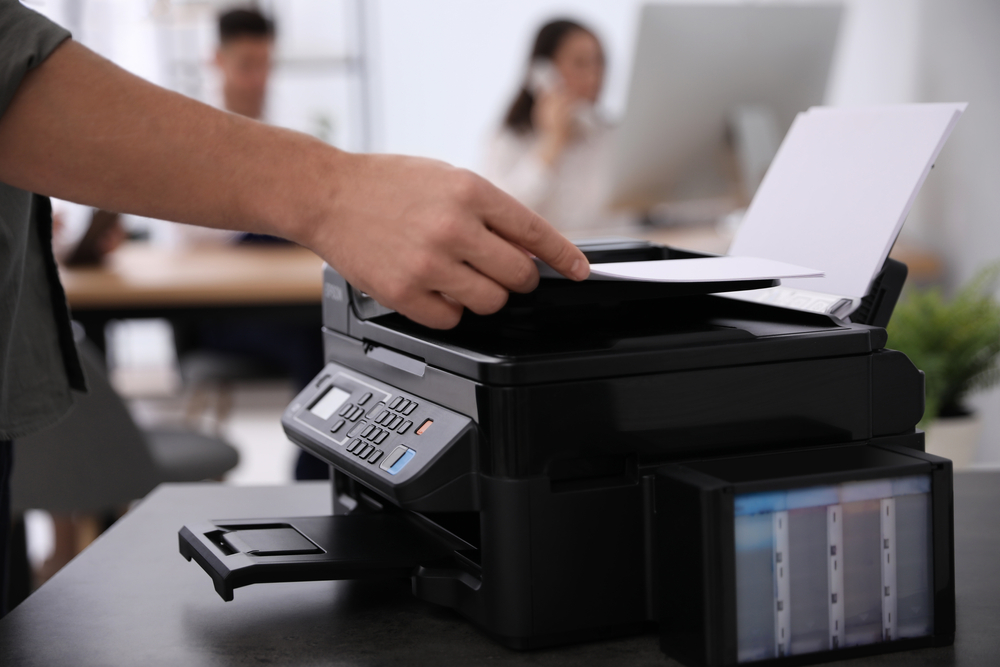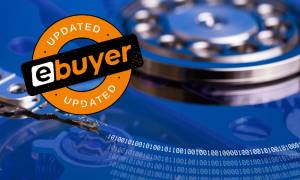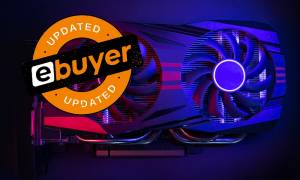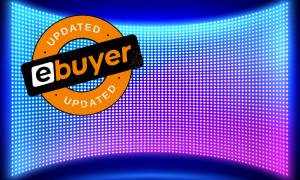When you’re about to buy a new printer for your workplace or your home office, then you’ll be faced with the choice between an inkjet printer and a laser printer. You might not think there’s much difference, or that either will do. But in this article we’ll explain what the difference is, and the benefit of making the choice of one over the other.
How do they work?
Firstly, in the most basic terms possible, the difference between the two is that an inkjet printer uses jets of ink to print documents while a laser printer uses a laser to print documents. Ok, that’s simple information, obvious information – almost daft to say. But as ridiculous as it may seem to spell it out like that, it’s exactly what it boils down to.

Pros of inkjet printers
Cost: Generally speaking, the cost of an inkjet printer is affordable for anyone who wants one. Even the cheapest inkjet printer can produce decent quality images, so you’re going to get an (at the very least) acceptable printer for your money however much you spend.
Quality: Inkjet printers are great for high resolution photo printing.
Versatility: Inkjet printers are good for just about any printing you choose to do. They were designed particularly with ‘office tasks’ such as word processing in mind, but they can be great for images whether in colour, black and white, grayscale or even sepia.
Size and portability: Inkjet printers are usually compact – and if you opt for an all-in-one you’ll save yourself even more desk or home office space. This means that they are also relatively light in weight and can be moved around between places the user wants to work and print.
Connectivity: Inkjet printers are almost without exception plug-and-play devices, so getting plugged in to a power outlet and connecting up to your desktop PC or laptop shouldn’t take more than a minute. In addition, many are wireless – so (as long as you have the correct software or app installed) you can print direct from your device without the need to be physically plugged in to the printer itself.
Cons of Inkjet printers
Speed: Slower than laser printers, inkjet printers were designed for relatively lower levels of printing. When you are printing larger (ie. longer) written documents (ie. text), you will have to wait longer than if you used a laser printer. However, that’s not to say that slow really means slow. A speed of around 10 to 20ppm (pages per minute) is good enough for the home and most small offices. The figures quoted in specs of printers you may be looking at should be taken with a little pinch of salt as, for instance, 12ppm means 12 pages when the print settings in the controlling program or app are adjusted to their basic levels or lowest quality or thereabouts. Plus, an inkjet printer will be slower than this, though, if the document you are printing is in colour.
Cost of ink: The initial investment you make in an inkjet printer is very low – but the expense of buying ink cartridges regularly (the frequency obviously depends on how much and how often you are printing) can make it seem like you are spending more than you want to. However, there are ways to mitigate this – schemes such as HP’s Instant Ink and so on.
Smudge and bleed: Although it’s quite rare, prints from an inkjet printer can be smudged and need time to dry. Not much time, of course. Bleed can also occur. This is because the capillary action of the ink (ie. the spontaneous flow of it into the paper, a porous material) means the ink is diverted, albeit a very small amount, from the location it should be printed. You should also note that due to the water-based nature of the inks used in inkjet printers, it’s not really possible to use highlighter pens without smudging slightly.

Pros of laser printers
Speed: Laser printers are the best option for a busy office or workplace environment which is going to regularly ‘hammer’ the printer and be spitting out documents all day long. Laser printers can print very fast – in most cases around 20-40 pages of text per minute (obviously dependent on print settings).
Precision: When it comes to text documents, laser printers offer unparalleled quality. No smudges or bleed – and even the smallest details, graphics and fonts will be reproduced in perfect detail.
Cost: Initially, laser printers themselves can be a costly outlay. But running costs should be lower as cartridges of toner will be able to print many more pages before needing to be replaced than the cartridges in an inkjet printer.
Durability: Laser printers are built to take the ‘hammer’ we mentioned a moment ago, so if you decide to invest in a laser printer it should last a lot longer than an inkjet printer.
Cons of laser printers
Cost: The initial outlay for a laser printer maybe be a little bit too much for some people to consider, despite the running costs over time being lower.
Paper: Whereas inkjet printers can handle more or less any type of printing paper (photo paper and even textured paper – though please do check the specs of your inkjet printer!), laser printers require standard copy paper. Heat sensitive papers are also not advisable to use in laser printers.
Not for photos: Laser printers are great when it comes to printing text documents, but they don’t handle photographs or images particularly well. For medium to low-quality photos, a laser printer will probably be enough, but if you’re wanting high quality images then inkjet printing is the route to take.
So, in the end, which is better?
Truthfully, it’s not possible to say which is ‘better’ overall, as inkjet printers and laser printers are ‘better’ in different contexts (home use or business, say). Laser printers are better due to their faster performance and lower long-term cost. However, inkjet printers are better for their lower short-term cost and for their image / photo printing capabilities. So which printer is best? As ever, it really depends what you need it for!
Check out Ebuyer’s range of printers here.



























